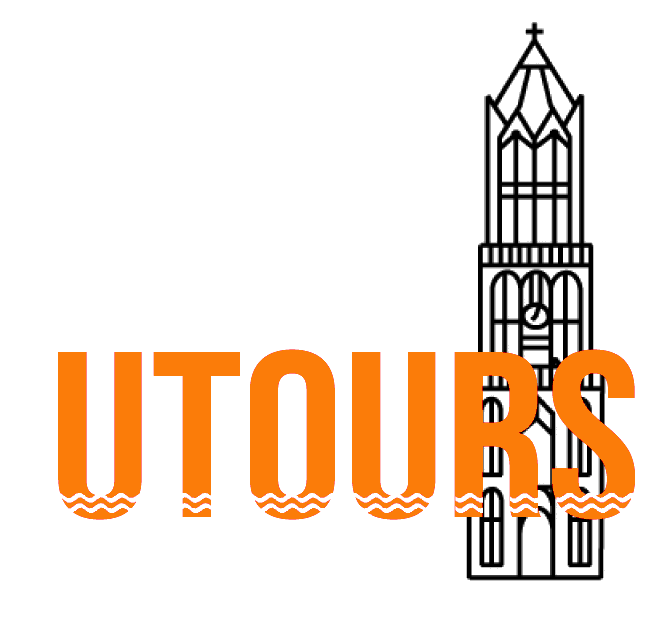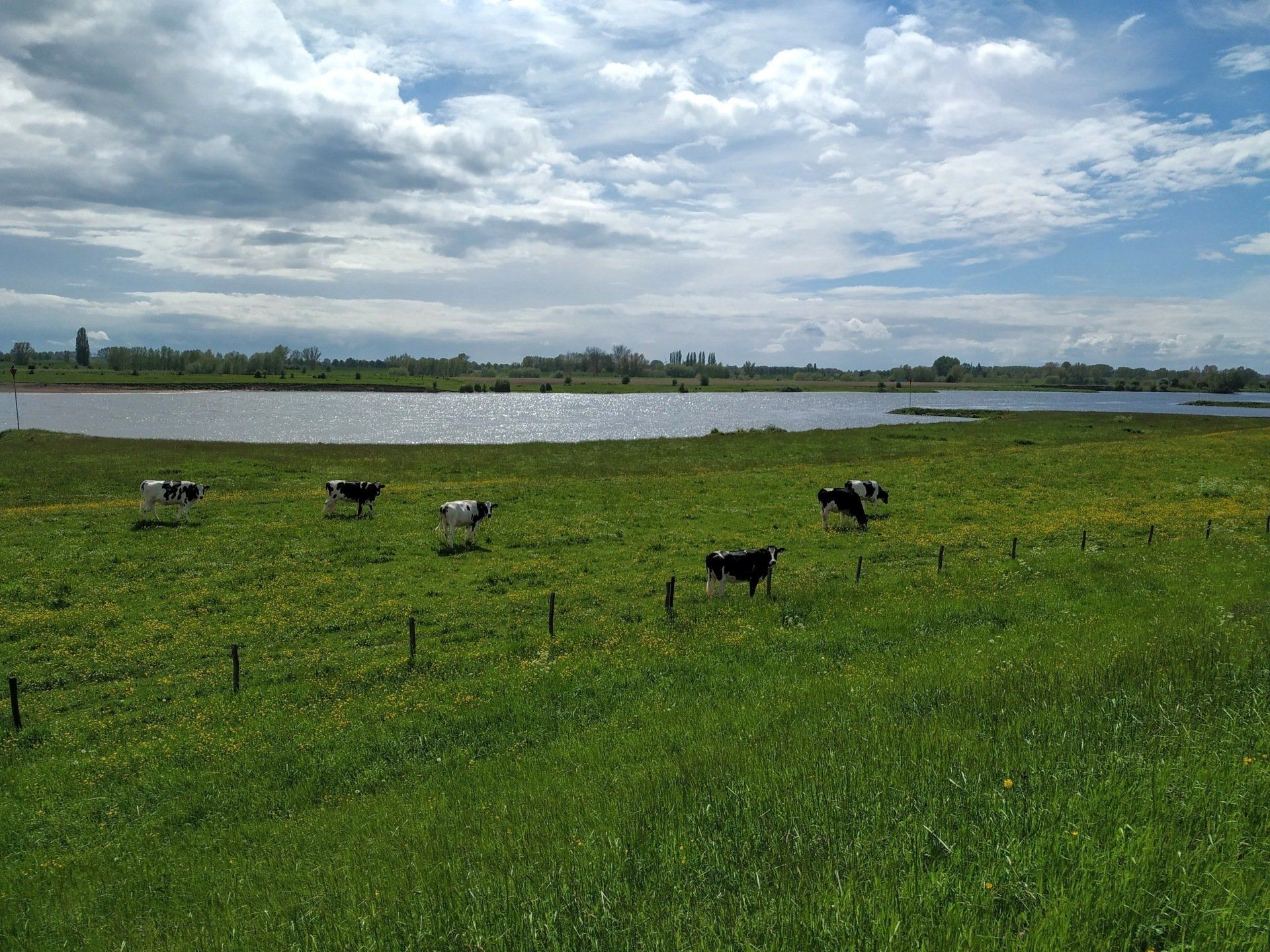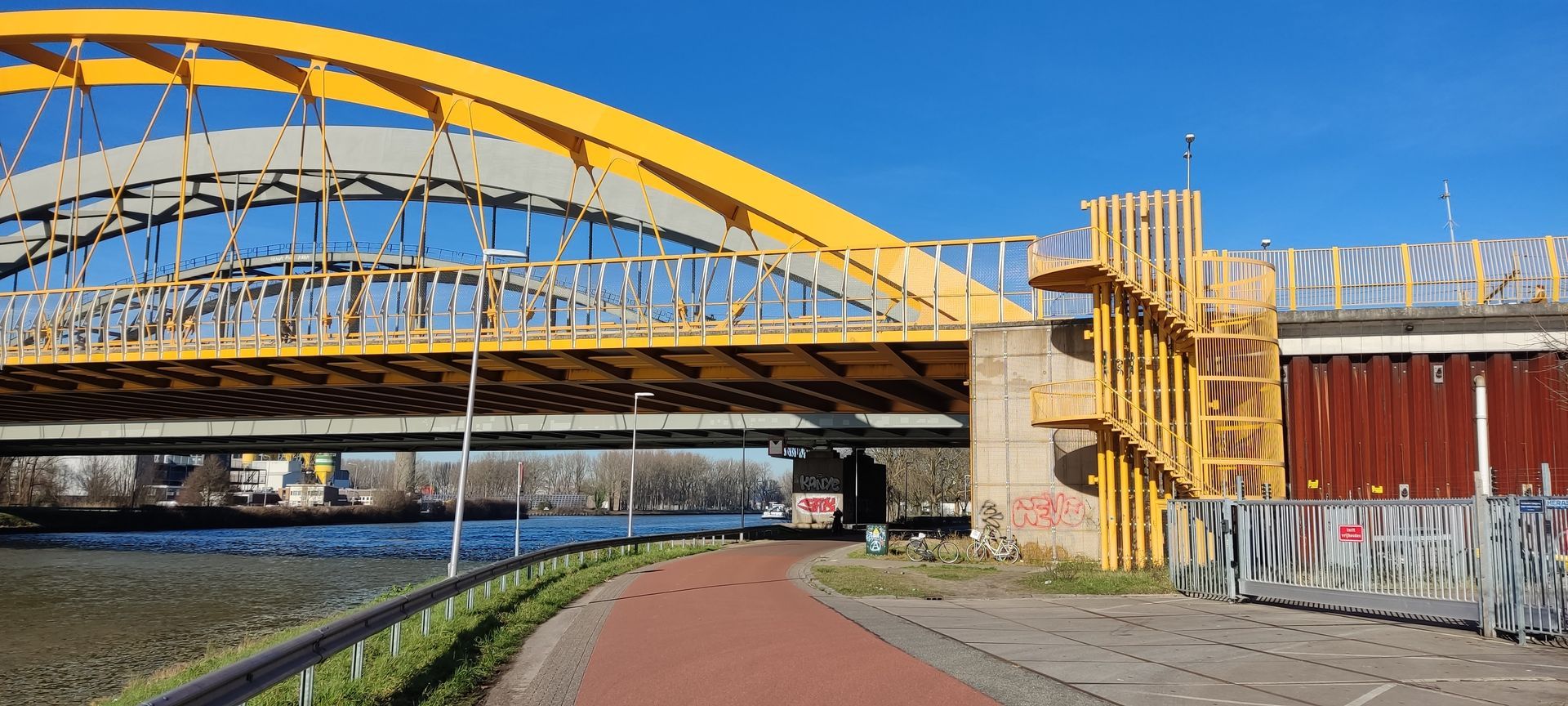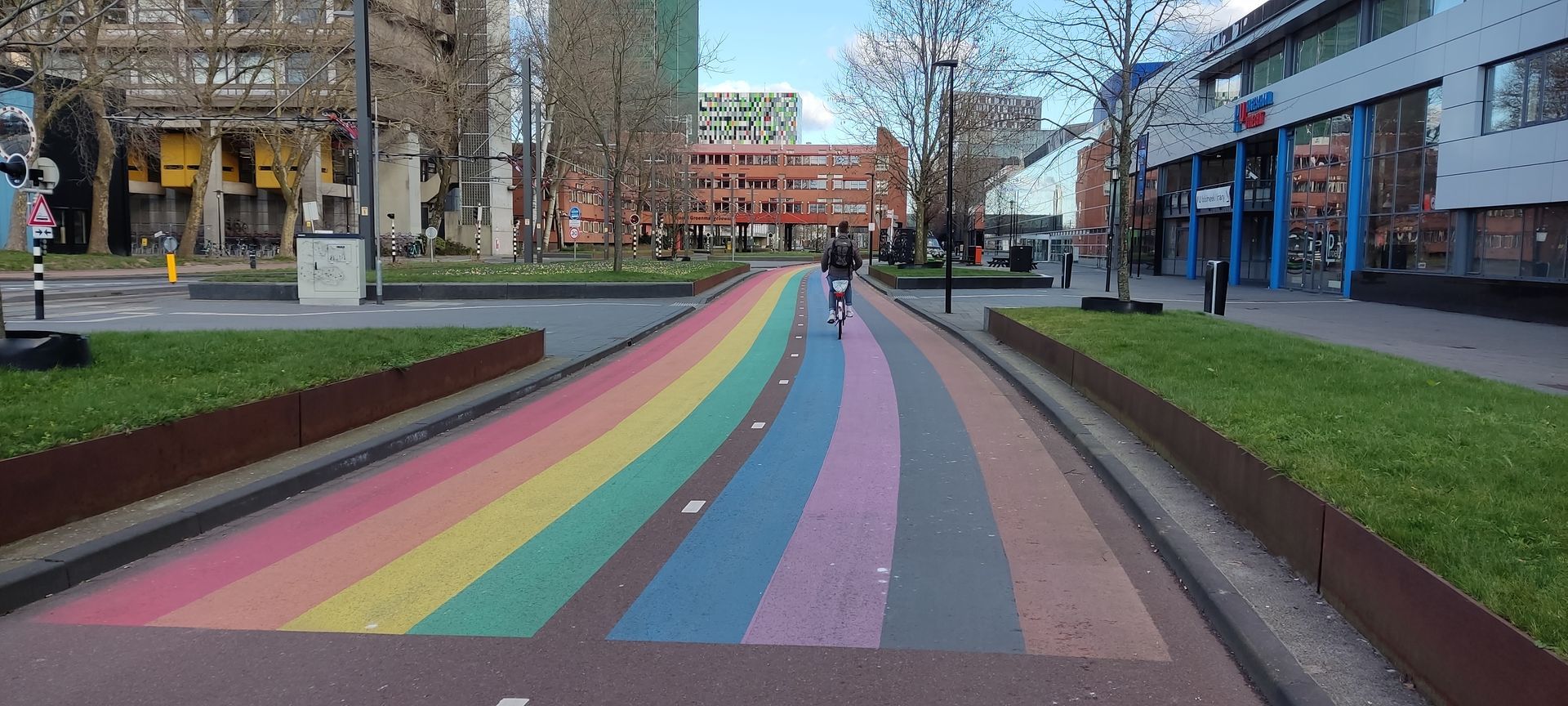2000 years of Utrecht in 2 minutes
The history of Utrecht in a nutshell
Visiting Utrecht you wonder, what are these cellars under the street filled with restaurants and bars? Why is the Dom tower standing apart from the church? And why do people seem so relaxed and happy here? After reading this blog you will know.
Estimated reading time: 1:59 min.
A Roman fortress along the Rhine
For a long time the Netherlands used to be one big swamp, a massive river delta. About 2000 years ago, the Rhine River formed the northern border of the Roman Empire. Along this river the Romans started building watchtowers, fortresses and a paved road. One of these forts, built in 41 A.D. was on the site of the current Domsquare (Domplein). The fortress was named ‘Trajectum’ and thus Utrecht was born. When the Romans left 300 years later, the fort alternately was owned by tribes like Franks and Frisians.
A city of churches
In the late 7th century, the English missionary Winfred came to the Netherlands. On the remains of the Roman fortress he built a chapel and dedicated it to St. Martin. Utrecht was functioning as a base camp for converting tribes in the north. Shortly thereafter it was granted bishopric status and became a diocese. Utrecht became a real church city and used to be home to dozens of monasteries.
The bishop of Utrecht was living in his palace on the Domsquare. He commanded an army, judged citizens and collected taxes. Not only did he rule over the city of Utrecht, at its peak, the diocese of Utrecht covered as much as three-quarters of what is now the Netherlands. Over a large portion of this territory, the bishop of Utrecht was in command. Over a period of 500 years, Utrecht was the largest and most important city in the Netherlands.
City rights and trade
In 1122, Utrecht was given city rights by the German emperor Henry V. The city was allowed to fortify itself with a moot and city walls and a city council was founded. Also the digging of the famous Old Canal (Oudegracht) began in that time. Utrecht was a thriving trade center visited by merchants from all over Europe. The Old Canal functioned as a innercity harbor, whereas the many bridges served as marketplaces. It was during this period, that the famous wharves and cellars under the streets were created.
Guilds and democracy
Vibrant trade and a growing city population contributed to the formation of a large middle class that consisted of artisans and merchants. A large portion of this middle class was organized in so-called guilds that supervised the proper training of craftsmen, the quality of the work delivered, but also played a supporting role in case of illness and death. Well-known guilds in Utrecht were the brewers, goldsmiths and the (vocal and feared) butchers.
Being so well organized, these guilds exercised strong influence over the city government. One day in 1304, the bishop of Utrecht went on a military campaign and left the city with his army. The guilds, seeing an opportunity, staged a successful revolution and seized power over the city. Subsequently, an elected city council was installed, making Utrecht the oldest city with a democratic council in northwestern Europe.
A very special student
In 1636, the University of Utrecht was founded. At that time an incredibly talented woman was living in Utrecht. Her name was Anna Maria van Schurman. At a very young age she could already read and write. By the time she was eighteen she spoke as many as fourteen foreign languages fluently. Anna Maria was eager to continue her studies at the university, but traditionally this was a male-dominated institution.
Nevertheless, a public discussion arose, which led to the dean finally admitting Anna Maria to Utrecht University, making her the first female student in the Netherlands (perhaps even in Europe). In 1641, she wrote a "Dissertation about the Eligibility of the Female Mind for Science and Literature”. Anna Maria van Schurman soon became well-known throughout Europe and corresponded on a regular basis with famous scientists, such as the French philosopher Descartes.
Disaster at the Domsquare
In 1674 disaster struck Utrecht. On the evening of August 1, a fierce storm front reached the city. This storm was so violent that the middle part of the Dom Church completely collapsed. Ever since, the Dom Tower and Dom Church are standing apart. Fortunately, the Dom Tower survived the tempest. It is the symbol and pride of Utrecht. And with its height of 112 meters, it still is the tallest church tower in the Netherlands.
The first Dutch bike path and the best cycling city
In 1885 the first bicycle path in the Netherlands was build at the Maliebaan. It was a real bicycle path, where cyclists riding Pennyfarthing bikes, had right of way over all other traffic. Today, Utrecht is a unique cycling city. In 2019 and 2022 it was declared the number one bike city in the world. Near the central station the largest bicycle parking facility in the world can be found, with space for 12,500 bicycles. Above all, Utrecht is the only city in the world, that has hosted the start of the three Grand Tours; the Tour de France, the Giro d'Italia and the Vuelta.
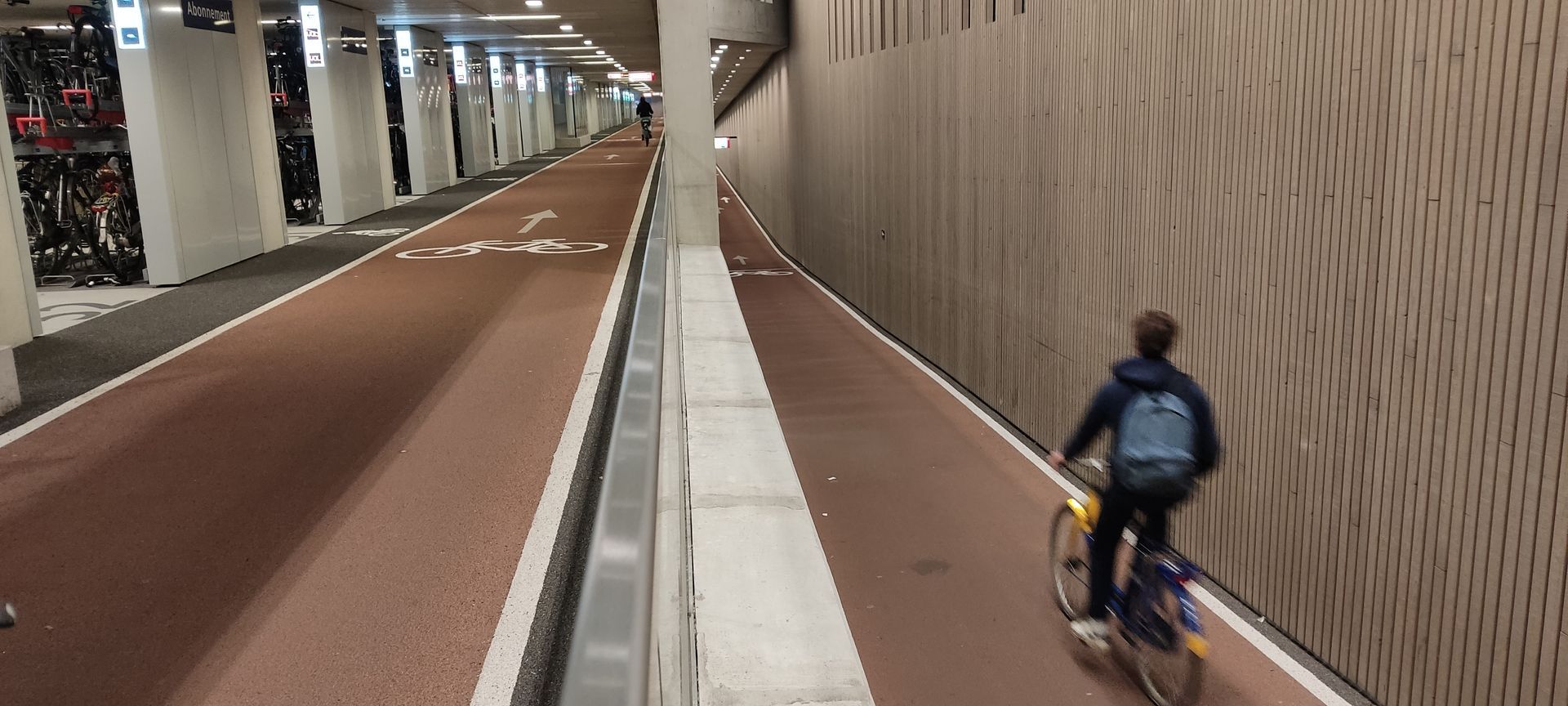
Funfacts about Utrecht
Did you know that...
... the only Dutch Pope Adrian VI was a native of Utrecht.
... Utrecht, along with Leiden, was the cradle of the Enlightenment.
... the French Revolution actually began in Utrecht as early as 1786.
... the Utrecht soccer club Dos became national champions in 1970.
... Utrecht has the best tap water.
... The foundation for the development of cultured meat in was laid in Utrecht .
... our King Willem-Alexander was born in Utrecht.
... you can buy the best vanilla ice cream in the world at Roberto's in Utrecht.
... the Wi-Fi communication network was invented in Utrecht.



